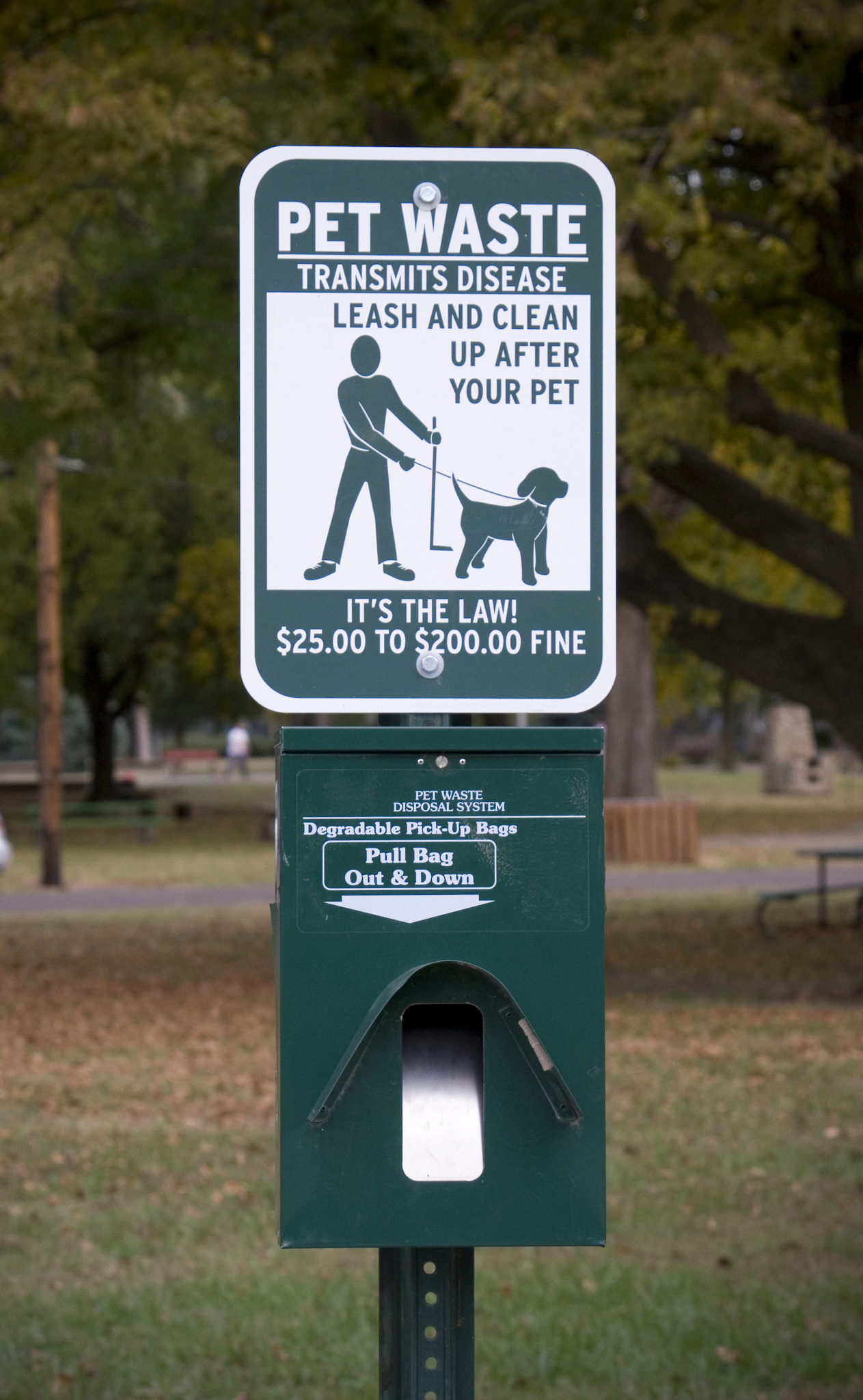Pet Waste Management Myths: What You Really Need to Know
Common Myths About Pet Waste
Pet waste management is a crucial aspect of responsible pet ownership, yet several myths surround this topic. These misconceptions can lead to improper waste disposal, environmental hazards, and health risks. By debunking these myths, pet owners can take more informed actions in managing their pet’s waste.

Myth 1: Pet Waste Is a Natural Fertilizer
One of the most common myths is that pet waste acts as a natural fertilizer for lawns and gardens. While it is true that some animal manure can be beneficial for plants, this does not apply to pet waste. Dog and cat feces can contain harmful bacteria and parasites, which pose a risk to human health and can contaminate soil and water supplies. It's essential to dispose of pet waste properly to prevent these issues.
Myth 2: Flushing Pet Waste Is Safe
Another misconception is that flushing pet waste down the toilet is a safe disposal method. Although this might seem convenient, many municipal sewage systems are not equipped to handle the pathogens found in pet waste, especially from cats. This practice can lead to plumbing issues and environmental contamination. Instead, consider using biodegradable bags and disposing of waste in designated bins.

The Environmental Impact of Pet Waste
Improper disposal of pet waste can have significant environmental consequences. When left on the ground, it can wash into storm drains and water bodies, contributing to water pollution and harming aquatic life. Pet waste is a major source of nutrient pollution, which can lead to algal blooms and decrease oxygen levels in water.
Myth 3: It's Okay to Leave Pet Waste in Public Areas
Some pet owners believe it's acceptable to leave pet waste in parks or other public spaces, thinking it will decompose naturally. However, this practice can create health hazards for other park visitors and pets. Responsible pet owners should always pick up after their pets and dispose of the waste properly.

How to Manage Pet Waste Responsibly
Now that we’ve debunked some common myths, let's explore how to manage pet waste responsibly. Here are some effective strategies:
- Use Biodegradable Bags: These bags break down more quickly than traditional plastic bags, reducing environmental impact.
- Designated Waste Bins: Look for pet waste stations in public areas and use them to dispose of your pet's waste.
- Composting: While not suitable for all locations, composting can be an eco-friendly option for managing pet waste at home.
Myth 4: Composting Pet Waste Is Impossible
While composting pet waste requires careful management to ensure harmful pathogens are neutralized, it is not impossible. Specialized composters are available for this purpose, allowing you to turn pet waste into a safe soil additive for non-edible plants. Always follow guidelines closely when composting pet waste.
By understanding the facts about pet waste management, pet owners can make more informed choices that benefit their community and the environment. Dispelling these myths helps ensure our parks, waterways, and neighborhoods remain clean and safe for everyone.
